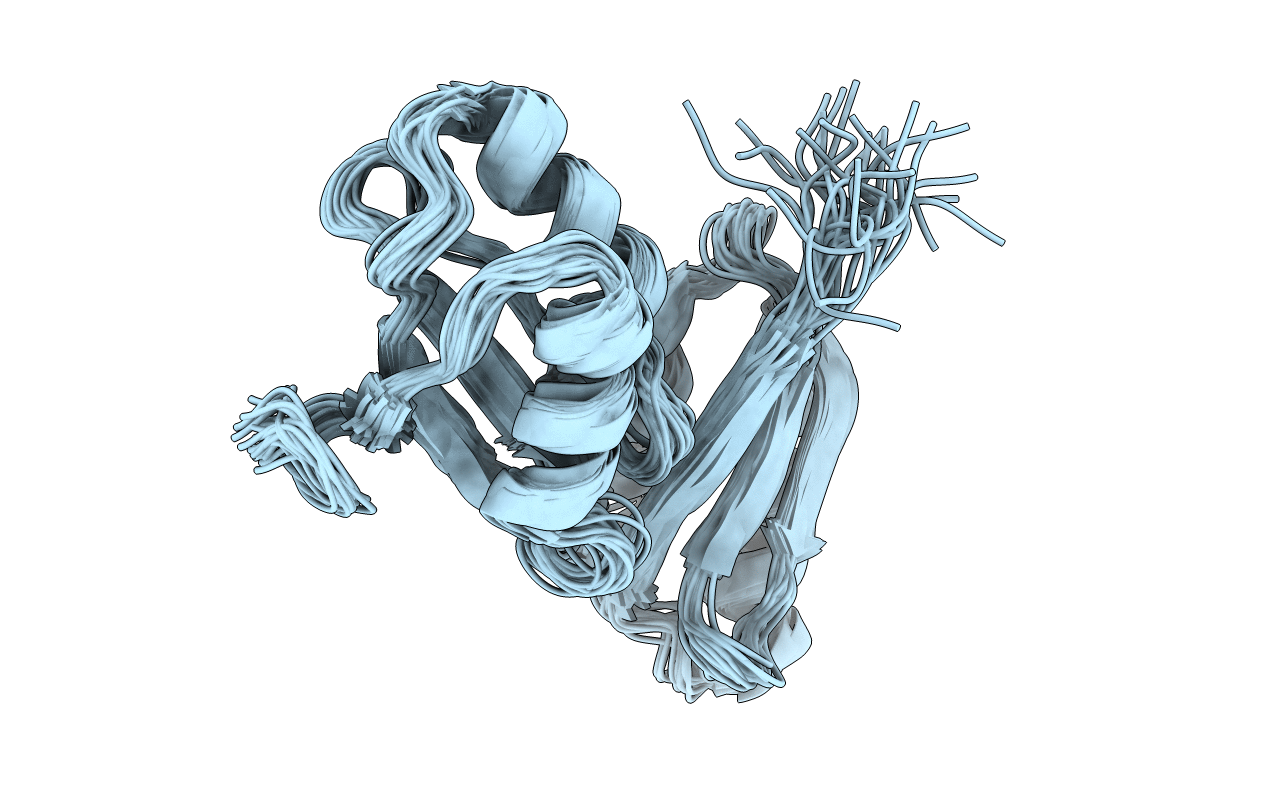
Deposition Date
2007-10-30
Release Date
2008-02-26
Last Version Date
2024-05-29
Entry Detail
PDB ID:
2RML
Keywords:
Title:
Solution structure of the N-terminal soluble domains of Bacillus subtilis CopA
Biological Source:
Source Organism:
Bacillus subtilis (Taxon ID: 1423)
Host Organism:
Method Details:
Experimental Method:
Conformers Calculated:
300
Conformers Submitted:
25
Selection Criteria:
target function


